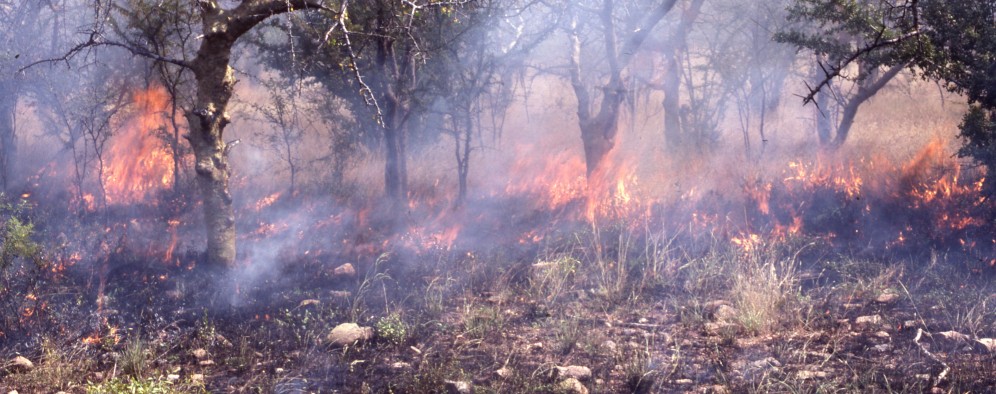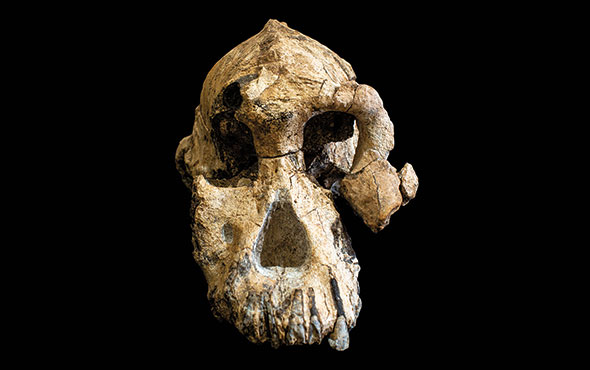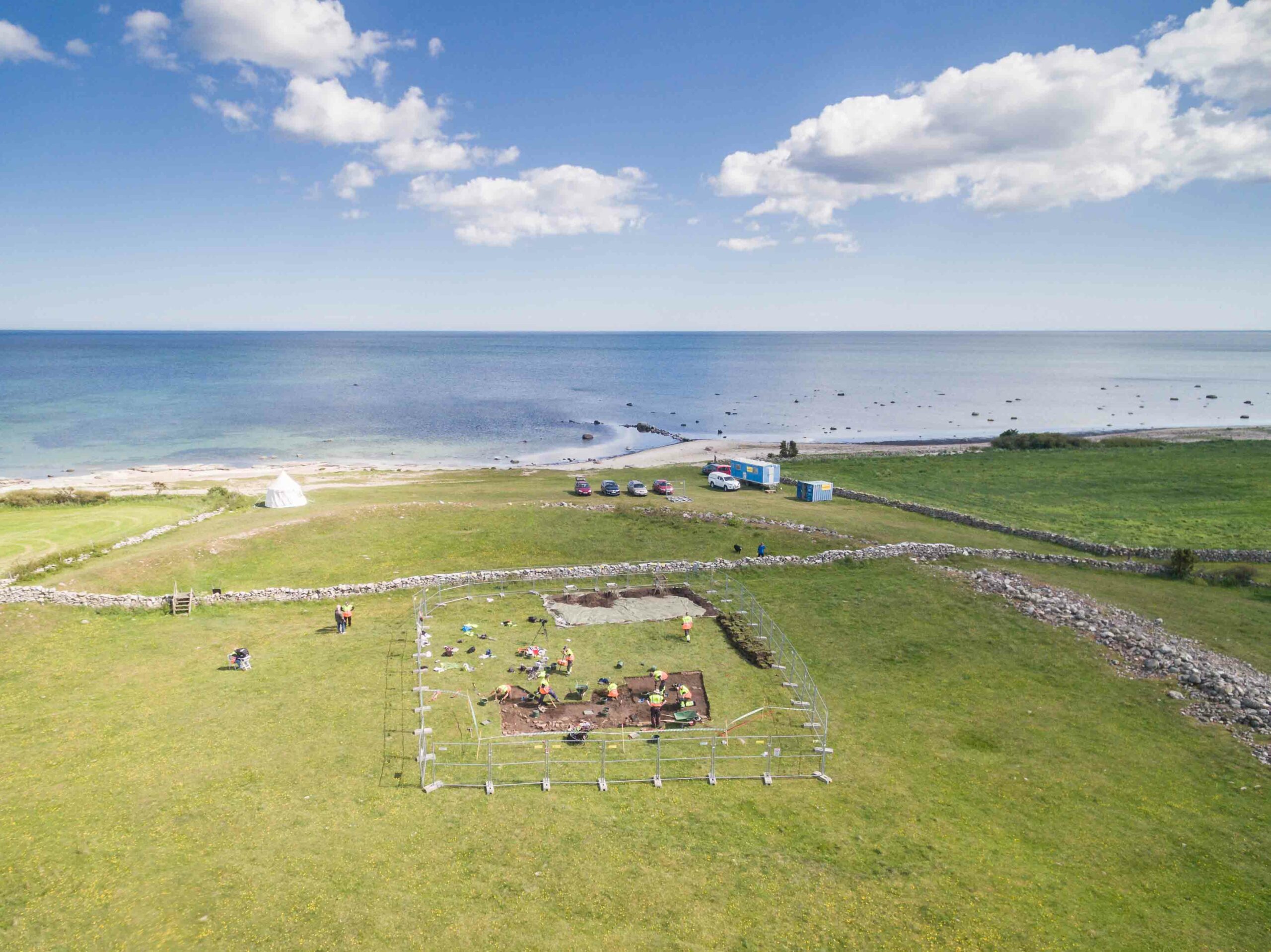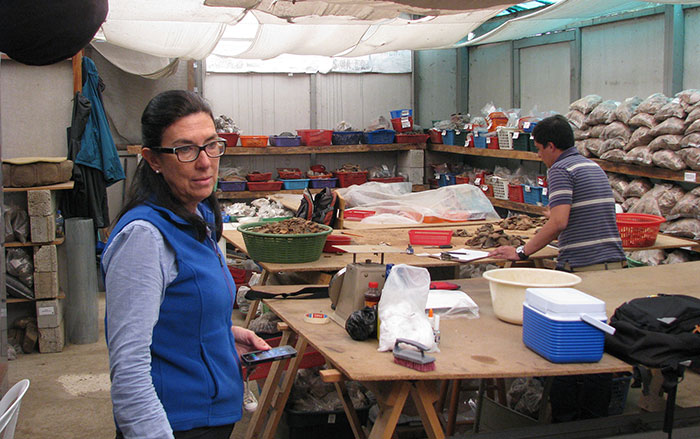
SALT LAKE CITY, UTAH—Red Orbit reports that a team from the University of Utah has developed a new scenario for the early human use of fire. The scientists suggest that between two and three million years ago, as the climate became drier and woody plants gave way to grasses, fires naturally occurred more frequently. Fire would have exposed hidden animal holes and tracks, and would have burned seeds and tubers, making them easier to chew and digest, and providing early human ancestors with increased energy. The cleared land would have also made it easier to travel and perhaps colonize new habitats. “Evidence shows that other animals take advantage of fire for foraging, so it seems very likely that our ancestors did as well,” said team member Kristen Hawkes. For more, go to "Catching Fire and Keeping It."










